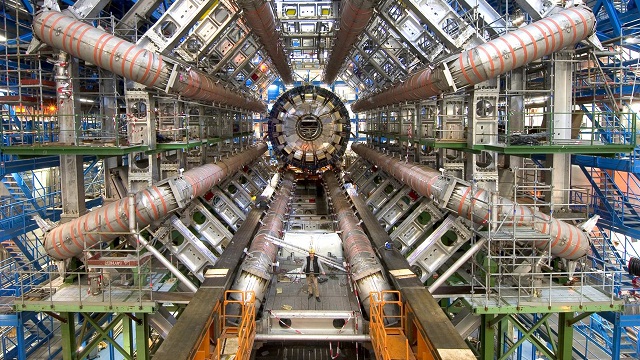
Artist’s impression of a cloud of trapped antihydrogen atoms. Those flashes can be carefully measured to make sure they actually did come from the positron and antiproton, confirming the laser zapping worked. CERN Physicists Observe Light Spectrum of Antimatter for the First Time by News Staff / Source Previous Next Physicists from CERN’s ALPHA experiment today report the first ever measurement on the optical spectrum of an antimatter atom. When this happens an identical, but oppositely charged, antimatter particle will also be. If that happens, then the positron and the antiproton from the atom fall their separate way, react with the normal matter in the chamber, and give off little flashes of light. Certain high energy photons can change into matter particles. The actual physics involved is quite complicated, but in the end, one thing that can happen is the laser can excite the positron enough to make it leave the antihydrogen atom. But there’s one final problem: How do you measure what it is you did? How do you know that you had an effect on the antihydrogen when you zap it with the laser?

This is precisely what the scientists did. So if you can tune a laser’s color to be the exact right energy, you can use it to zap an atom and ping the electron to the next level, then see if you had any effect on it. It is made of discrete parts, called photons.

What we call “color” is really the energy of the light red is lower energy and blue higher. The photon is said to be in quantum form because the electromagnetic wave is not a continuous wave. For electrons, that energy can be given to it in the form of light.


 0 kommentar(er)
0 kommentar(er)
